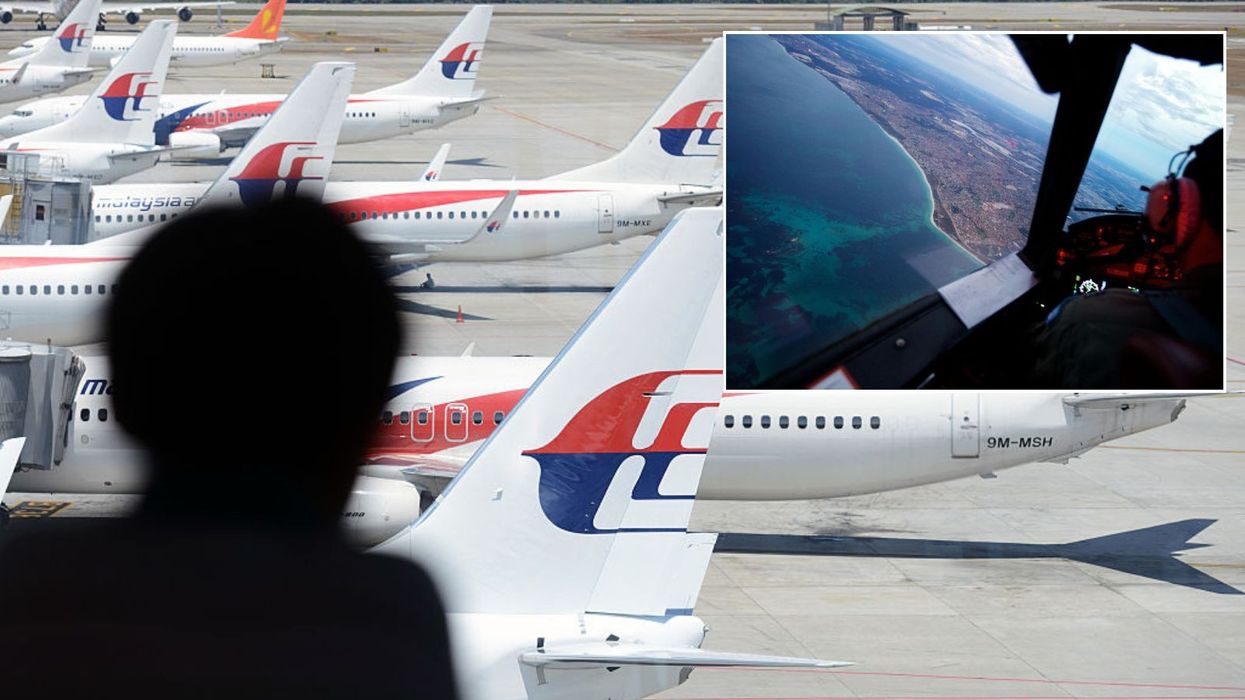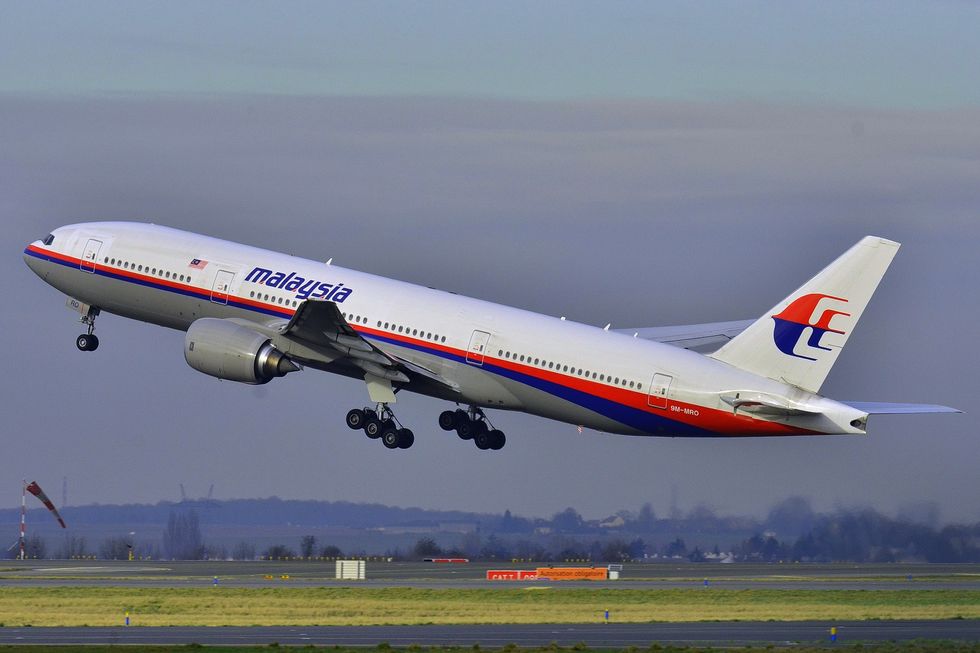MH370: Hopes for breakthrough as researchers hunt 'small earthquake' sound from ocean

Researchers say new technology could determine what happened to missing MH370 with underwater microphones that capture sound waves
|Getty

The Boeing 777 is believed to have crashed into the southern Indian Ocean in March 2014
Don't Miss
Most Read
Researchers say new technology could determine what happened to missing MH370 with underwater microphones that capture sound waves.
The aircraft carrying 239 people disappeared after taking off from Kuala Lumpur on March 8, 2014.
The Boeing 777 is believed to have crashed into the southern Indian Ocean, according to satellite data which shows the plane deviating from its flight path.
Despite huge multinational search efforts, the main wreckage has never been located.
 The MH370 flight disappeared in March 2014 | GETTY
The MH370 flight disappeared in March 2014 | GETTYHowever, small parts of MH370 have washed ashore on islands near the western Indian Ocean.
New research is now focussing on hydrophones - underwater microphones which capture sound waves and pressure changes in the ocean.
Experts say the technology appears to detect pressure signals from a number of incidents, including aircraft crashes.
The study concentrates on data from the Comprehensive Nuclear-Test-Ban Treaty Organization’s (CTBTO) hydroacoustic stations based at Cape Leeuwin in Western Australia and Diego Garcia, an island in the Indian Ocean.
LATEST DEVELOPMENTS:
Both locations were operational at the time MH370 is thought to have disappeared.
"By examining these signals, we hoped to identify any potential acoustic evidence of MH370’s crash," the research said.
No corresponding acoustic signatures were located along MH370’s initial flight path.
The research stated: "But a 200-tonne aircraft crashing at a speed of 200 metres per second would release the kinetic energy equivalent to a small earthquake. It would be large enough to be recorded by hydrophones thousands of kilometres away.

The Boeing 777 is believed to have crashed into the southern Indian Ocean, according to satellite data which shows the plane deviating from its flight path
| WIKICOMMONS"Given the sensitivity of the hydrophones, it’s highly unlikely that a large aircraft impacting the ocean surface wouldn’t leave a detectable pressure signature, particularly on nearby hydrophones."
However, experts say "unfavourable ocean conditions" could potentially dampen such a signal.
"So, while our research does not pinpoint MH370’s exact crash location, it highlights the potential of hydroacoustic technology in solving this aviation mystery.
"By refining our methods and conducting further experiments, we could provide new insights into MH370’s fate and improve our response to future maritime incidents.
"The ongoing efforts to locate MH370 not only seek to bring closure to the families affected but also to enhance our ability to track and understand aviation accidents over vast oceanic expanses," the research added.










